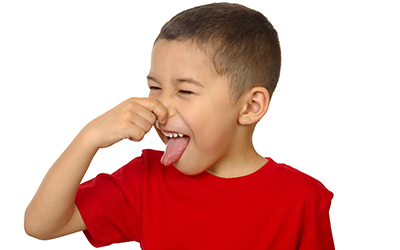Image Credit:
<strong>File ID</strong> 8041488 | © <a href="https://www.dreamstime.com/hughstoneian_info">Hughstoneian</a> | <a href="https://www.dreamstime.com/">Dreamstime.com</a>

Bad breath, or halitosis, isn’t just a concern for adults—it’s surprisingly common among children too. Parents often notice that even after brushing, their child’s breath may not stay fresh for long. This persistent odor can stem from several causes, ranging from poor oral hygiene to underlying health conditions. A visit to the best kids’ dentist can help identify the root cause and provide tailored treatment to restore freshness and confidence in your child’s smile.
Bad breath in children can have many sources. The most frequent causes include:
According to the American Dental Association (ADA), approximately 1 in 4 children experience noticeable bad breath at some point during early development (ADA, 2023). Early detection and preventive care are essential.
A skilled female pediatric dentist or children’s dentist can perform a thorough examination to determine if the issue is dental or medical. Pediatric dentists specialize in understanding the unique anatomy and behavior of young patients, making them experts in identifying subtle signs of dental issues that might cause bad breath.
During a dental checkup, the dentist may recommend:
Choosing the best kids dentist ensures your child receives compassionate, comprehensive care from a professional who understands both the science and psychology of treating young patients.
Parents can help their children maintain fresh breath through consistent daily routines and preventive habits. Here are some practical steps:
If your child’s bad breath persists despite these measures, consult a female pediatric dentist for a full assessment. Persistent halitosis can sometimes indicate deeper dental concerns, such as cavities or gum disease, which require professional treatment.
Developing good oral care habits early in life not only helps prevent bad breath but also establishes a foundation for lifelong dental wellness. Routine visits to the best kids’ dentist help reinforce positive hygiene habits and ensure any potential problems are addressed early.
In addition, parents should model consistent oral hygiene practices and educate children on the importance of brushing and flossing properly. Building these habits in a supportive, encouraging environment can make dental care a natural part of your child’s routine.
By understanding what causes bad breath in kids and taking proactive steps to manage it, parents can protect their child’s health and confidence. With guidance from an experienced female pediatric dentist and regular care from a trusted children’s dentist, your child’s smile can remain clean, bright, and fresh at every age.